When we hear the word “conservation,” it’s easy to picture endangered animals and dense rainforests.
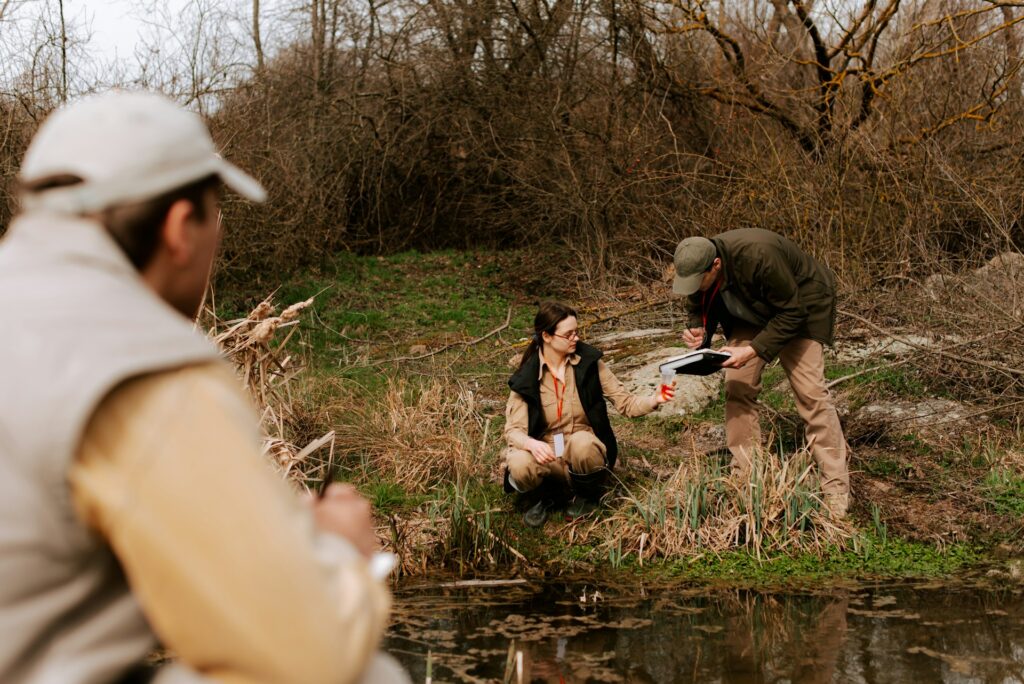
However, modern conservation is a much broader, more complex story. It’s not just about protecting wildlife, either. It’s about preserving entire ecosystems, restoring balance to places that have been damaged, and finding ways for people and nature to share space. Behind the headlines, a vast network of scientists, local communities, governments, and non-profits are working to slow down environmental destruction, and in many cases, even reverse it.
And while you might be familiar with some of the flagship conservation efforts, like protecting the Amazon or reintroducing wolves to Yellowstone, there’s a whole world of behind-the-scenes work that’s changing the way we think about nature and its role in our lives. Some of it is high-tech, some of it is hyper-local, but all of it is part of a global movement to restore the planet’s health.
Here are some lesser-known efforts that are making a real difference, and could reshape the future of conservation as we know it.
Seeds are being frozen to preserve the future.

Deep inside Arctic mountains, high-altitude labs, and remote bunkers, something remarkable is happening: thousands of species of seeds are being stored for safekeeping. The Svalbard Global Seed Vault in Norway is the best known of these banks, but it’s just one of hundreds worldwide. These seed vaults act as genetic libraries, safeguarding the biodiversity of our crops in case of disaster, disease, or climate collapse.
And they’re not just backups for some far-off apocalypse. They’re already being used. When Syria’s civil war forced scientists at the International Center for Agricultural Research in the Dry Areas (ICARDA) to flee their Aleppo facility, they pulled seeds from Svalbard to restart vital crop research in Lebanon and Morocco, The Guardian reported. In an age of growing food insecurity, these vaults are proving to be lifelines, not just insurance policies.
Drones are being used to plant trees and stop poaching.
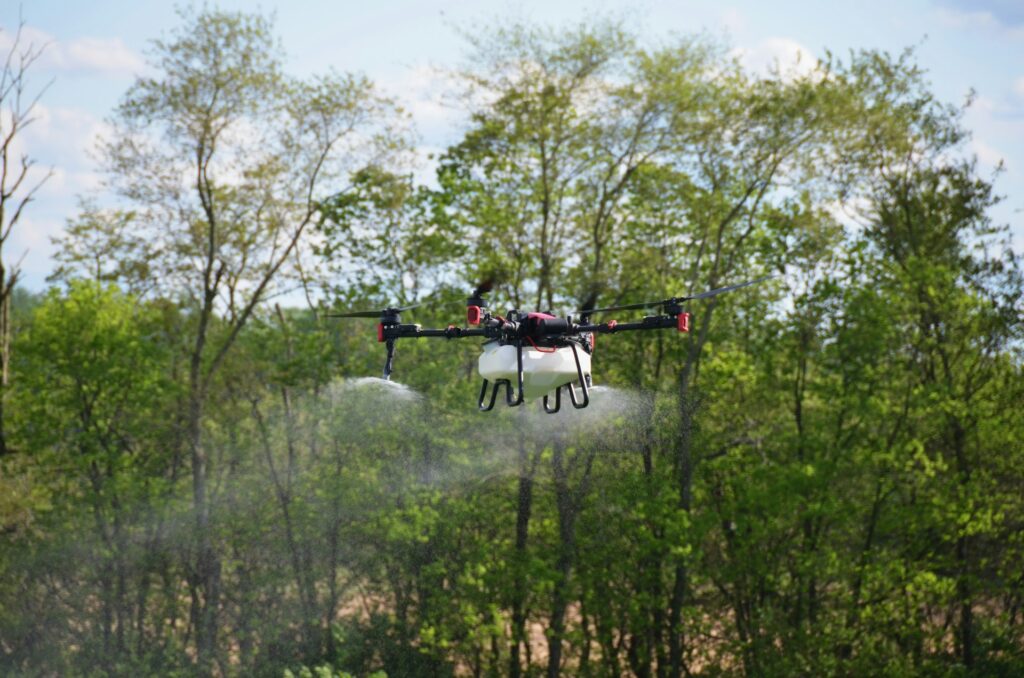
Drones might be better known for their role in delivery services or filmmaking, but in conservation, they’ve become surprisingly powerful tools. In countries like Myanmar and Kenya, drones are now planting trees at scale, firing biodegradable seed pods into degraded landscapes with remarkable precision, according to the BBC. This technology is allowing organisations to reforest thousands of hectares with a fraction of the labour and cost.
Meanwhile, drones are helping protect endangered wildlife. As National Geographic explains, places like South Africa’s Kruger National Park, drones fitted with infrared cameras fly at night to detect poachers. With limited rangers covering vast areas, these aerial patrols are proving critical in spotting illegal activity before it happens. They’re a game-changer in anti-poaching strategy, making conservation both smarter and more proactive.
Coral reefs are being regrown one fragment at a time.
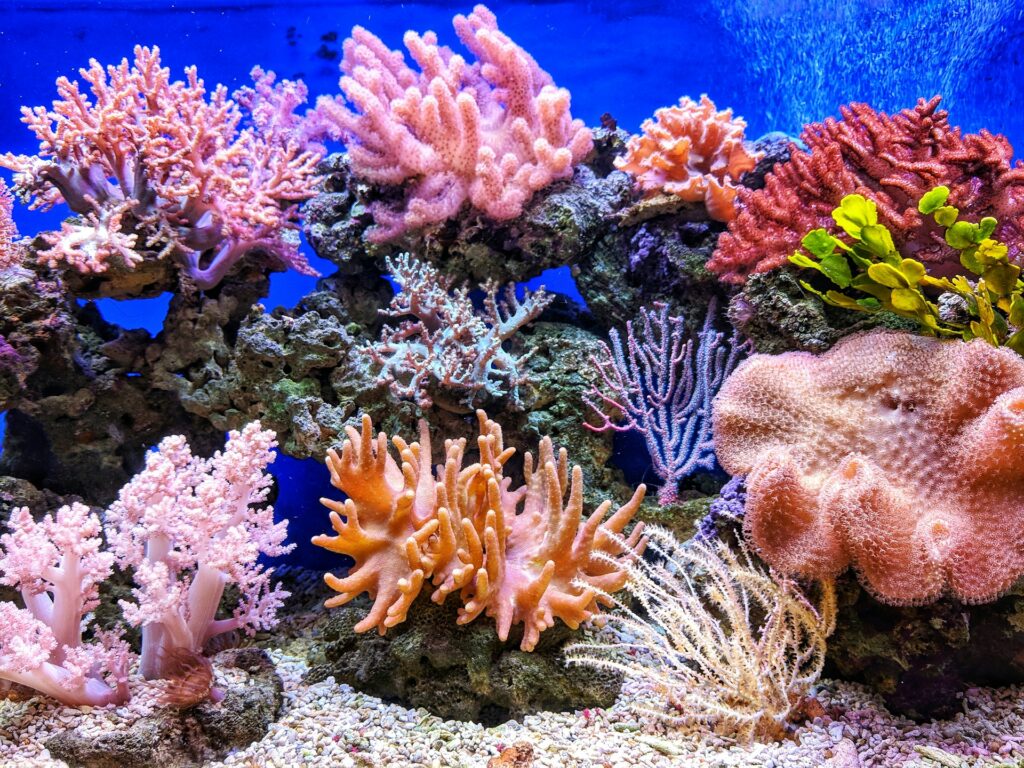
Coral reefs are some of the most biologically rich ecosystems on Earth, but they’re under intense threat from ocean warming, acidification, pollution, and overfishing. To combat this, scientists and divers around the world are using increasingly inventive methods to restore damaged reefs.
One method involves coral gardening—growing small coral fragments in underwater nurseries and then transplanting them onto degraded reef systems. Microfragmentation, which involves cutting corals into tiny pieces to accelerate growth, is also gaining traction. At the Mote Marine Laboratory in Florida, scientists have used this technique to grow coral 25 to 50 times faster than in the wild.
These efforts are painstaking and slow, but they’re helping to rebuild some of the world’s most important marine habitats. In some areas, coral cover has increased by up to 20% after just a few years of intervention.
Indigenous knowledge is guiding large-scale conservation.
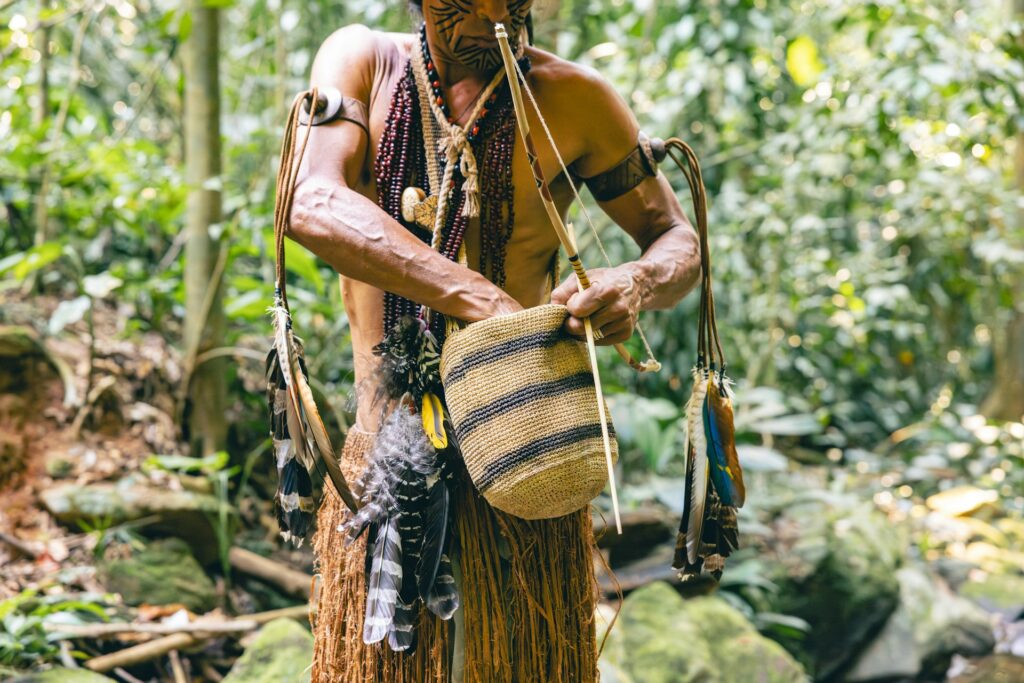
Across the globe, Indigenous communities are playing a central role in conservation efforts, often with better outcomes than top-down approaches. Indigenous-managed lands tend to have higher levels of biodiversity and lower rates of deforestation, according to a 2019 UN report.
In Canada, the Indigenous Guardians program supports First Nations in monitoring wildlife, restoring ecosystems, and preserving cultural heritage. In Brazil, Indigenous patrols are pushing back against illegal mining and logging in parts of the Amazon. And in Australia, traditional fire management practices used by Aboriginal communities are now being re-integrated into land management strategies to reduce wildfire risk and maintain biodiversity.
This is conservation rooted not just in science, but in centuries of lived experience. Recognising that environmental stewardship has long been part of Indigenous life, not just a modern invention.
Cities are being redesigned with nature in mind.

Urban areas may seem an unlikely setting for conservation, but cities are becoming surprisingly important to the biodiversity conversation. Green corridors, rooftop gardens, rainwater harvesting systems, and habitat restoration projects are making cities not only more liveable for people but also for wildlife.
Take Singapore, for example. Its “City in a Garden” strategy has introduced green rooftops, vertical gardens, and park connectors that give animals a way to move safely through dense urban areas. Meanwhile, London’s National Park City initiative is turning urban planning on its head, reimagining cities as places where nature can thrive, not just survive.
Urban conservation isn’t just about big, glossy projects. It’s also about things like leaving patches of wildflowers for pollinators, designing buildings that prevent bird collisions, and restoring forgotten wetlands to manage floods naturally.
Artificial intelligence is helping predict and prevent extinction.

Data science is reshaping how we respond to threats to biodiversity. Artificial intelligence (AI) is being used to scan thousands of hours of camera trap footage, detect illegal logging in real time, and even predict how species will respond to climate change.
In Gabon, acoustic sensors paired with AI are being used to detect elephant calls in remote forests, helping conservationists monitor movements and respond to threats more effectively, according to the Rainforest Connection. On the high seas, AI-powered systems are tracking fishing vessels and identifying illegal practices that would otherwise go unnoticed.
These tools allow conservationists to work smarter, not just harder. By identifying patterns humans can’t easily spot, AI is giving us a better chance to protect vulnerable species before it’s too late.
Conservation is tackling climate change from the ground up.
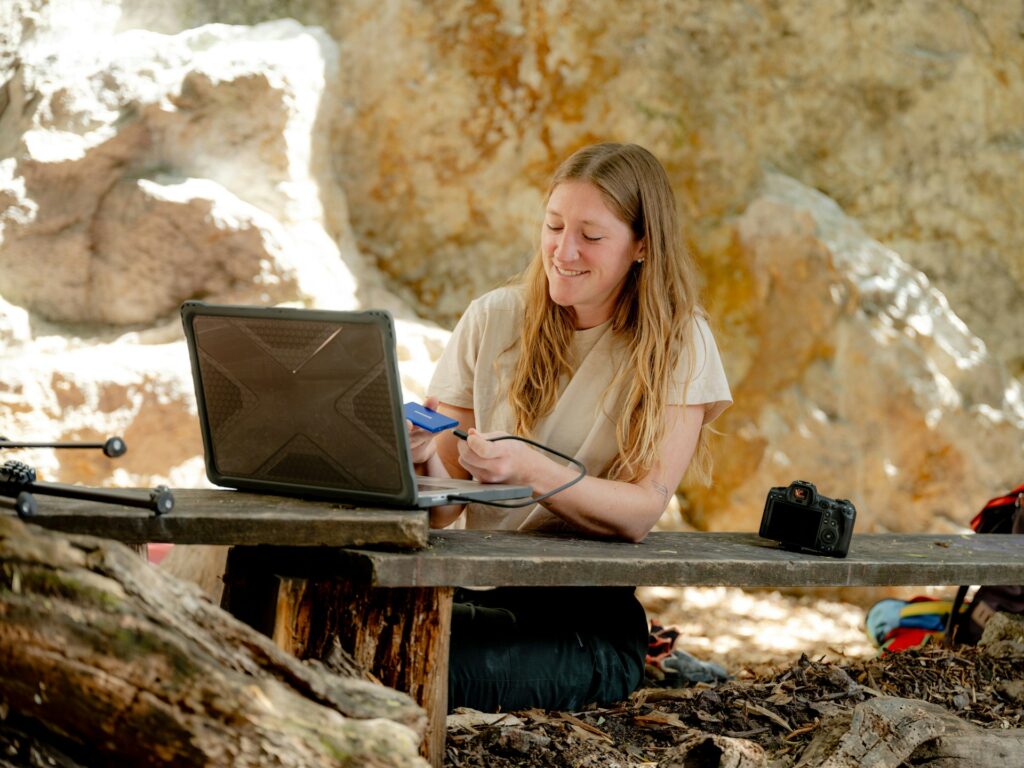
One of the most urgent developments in conservation is its growing overlap with climate action. Nature-based solutions—like protecting wetlands, restoring mangroves, and reforesting degraded land—are not only good for wildlife, they’re also essential for carbon storage.
Mangroves, for example, store up to four times more carbon than terrestrial forests and protect coastlines from storm surges. In Indonesia and the Philippines, large-scale mangrove restoration projects are helping mitigate climate risks while restoring key habitats.
Likewise, peatlands—vast boggy landscapes found in parts of Canada, Russia, and northern Europe—store massive amounts of carbon. Efforts to rewet and restore these landscapes are gaining momentum, recognising their role in both biodiversity protection and climate resilience.
The face of conservation is changing.

It’s no longer just about protecting charismatic species or setting aside nature reserves. Today’s conservation is high-tech, community-driven, and increasingly urgent. It’s happening in cities, in Indigenous lands, beneath oceans, and on farmland. It involves coders, botanists, elders, schoolchildren, and drone pilots.
While headlines often focus on what we’re losing, the reality is that there’s also a growing movement of people working to restore and repair. These efforts might be quieter than the crises they respond to—but they’re powerful, persistent, and full of promise.
Conservation isn’t just about nature. It’s about rethinking our place within it—and recognising that the future of the planet depends on the choices we make today.